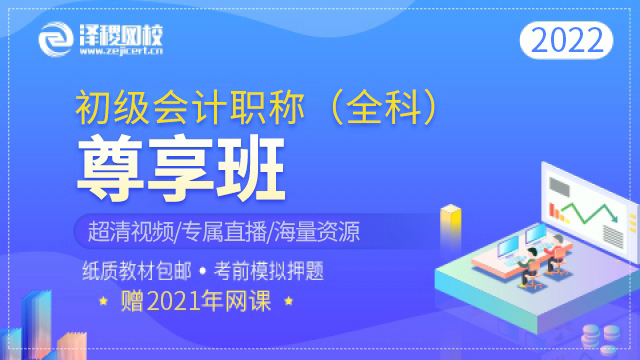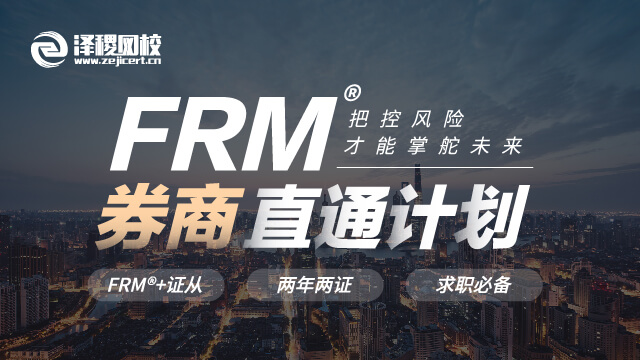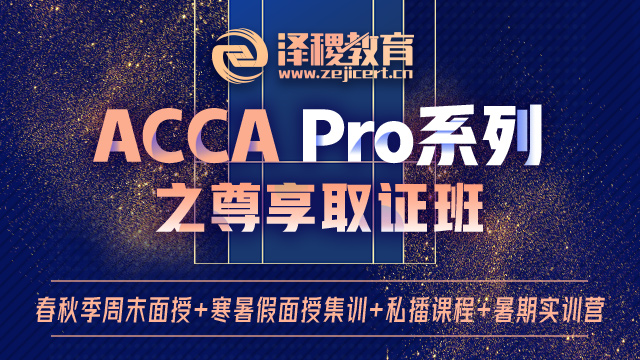泽稷网校ACCA提示:ACCA F8备考需要注意的关键点有以下这些:
ACCA F8 梳理全书
Part A,B,C外部审计基础理论;
Part D审计思路或审计计划;
Part E,F,G审计可用的工具;
Part H,I出具审计报告的步骤;
Part J工作底稿。
或者更概括点,A-C理论,D-H工具,I-J补充。
法宝2:对症下药
A-C 理论:背 (投入度 两星)
D-H 工具:用 (投入度 三星)
I-J 补充:懂 (投入度 一星)
下面是一篇最新的ACCA F8考官文章,替大家选了audit risk,why I choose it,obviously,it is so important that I have to amphasize it.审计风险的概念涉及到FAU,F8和P7,在此专门挑出有关F8的内容来跟大家分享。
WHAT IS AUDIT RISK?
According to the IAASB Glossary of Terms (1), audit risk is defined as follows:
‘The risk that the auditor expresses an inappropriate audit opinion when the financial statements are materially misstated. Audit risk is a function of material misstatement and detection risk.’
首先,什么是审计风险?
根据IAASB Glossary of Terms(1),审计风险被定义为:审计风险(AR)是指当财务报表出现重大错报时审计人员发表了不恰当的审计意见,它由重大错报风险(RMM)和查处风险(DR)组成,即AR=RMM*DR。RMM与被审计的企业本身相关,戏称“企业先天不足”;DR则与审计自身相关。一般设定AR为5%,RMM是不可控因素,审计人员只能根据RMM的大小来调节DR,也就是调节工作量的大小。
WHY IS AUDIT RISK SO IMPORTANT TO AUDITORS?
Audit risk is fundamental to the audit process because auditors cannot and do not attempt to check all transactions. Students should refer to any published accounts of large companies and think about the vast number of transactions in a statement of comprehensive income and a statement of financial position. It would be impossible to check all of these transactions, and no one would be prepared to pay for the auditors to do so, hence the importance of the risk‑based approach toward auditing. Traditionally, auditors have used a risk-based approach in order to minimise the chance of giving an inappropriate audit opinion, and audits conducted in accordance with ISAs must follow the risk‑based approach, which should also help to ensure that audit work is carried out efficiently, using the most effective tests based on the audit risk assessment. Auditors should direct audit work to the key risks (sometimes also described as significant risks), where it is more likely that errors in transactions and balances will lead to a material misstatement in the financial statements. It would be inefficient to address insignificant risks in a high level of detail, and whether a risk is classified as a key risk or not is a matter of judgment for the auditor.
其次,为什么审计风险对审计人员来说非常重要?
审计风险是审计工程中最基础的部分,因为审计人员不可能也不打算去检查所有交易。同学们可以查阅一些大型上市公司公布的财务报表,很容易发现利润表和资产负债表中发生额的数量之巨大。所以审计人员不可能去检查所有科目的发生额,而且也没有公司愿意支付审计人员去做这些,由此可见以风险为导向的方法对审计的重要性。以传统方法来说,审计人员用/以风险为导向的方法/使发表不恰当审计意见的可能性最小,而且根据ISAs实施的审计必须遵守以风险为导向的方法,这也能确保/使用了/建立在审计风险评估基础之上/最有效的检测方法/的审计工作有效进行。审计人员应该把审计工作的重要性放在关键风险(或说重大风险)上,在这些地方发生额和余额的错误将会导致错误报表的重大错报。花费大量时间和精力来寻找非重大风险是没有意义的,并且风险重大与否取决于审计人员的判断。
RELEVANT ISAS
There are many references throughout the ISAs to audit risk, but perhaps the two most important audit risk-related ISAs are as follows:
ISA 200, Overall Objectives of the Independent Auditor and the Conduct of an Audit in Accordance with ISAs
ISA 315, Identifying and Assessing the Risks of Material Misstatement Through Understanding the Entity and Its Environment
再者,相关ISAs
ISA200,独立审计人员的整体目标和依据国家审计准则展开的审计工作。
ISA315,通过解读企业及其环境来确认和评估审计风险。
ISA 315 deals with the auditor’s responsibility to identify and assess the risks of material misstatement in the financial statements through an understanding of the entity and its environment, including the entity’s internal controls and risk assessment process. The first version of ISA 315 was originally published in 2003 after a joint audit risk project had been carried out between the IAASB, and the United States Auditing Standards Board. Changes in the audit risk standards have arguably been the single biggest change in auditing standards in recent years, so the significance of ISA 315, and the topic of audit risk, should not be underestimated by auditing students.
The requirements of ISA 315 are summarised in the following table.
(1). The auditor shall perform risk assessment procedures in order to provide a basis for the identification and assessment of the risks of material misstatement.
(2). The auditor is required to obtain an understanding of the entity and its environment, including the entity’s internal control systems.
(3). The auditor shall identify and assess the risks of material misstatement, and determine whether any of the risks identified are, in the auditor’s judgement, significant risks. This is in order to provide a basis for designing and performing further audit procedures.
(4). ISA 330 then deals with the required responses to assessed risks.
下面重点介绍ISA315
ISA315解决关于审计人员通过了解企业及其环境来确认好评估财务报表的重大错报风险的责任问题,包括企业内控和分析评估过程。其要求概括如下:
(1) 审计人员应该实行分析评估程序为重大错报风险的确认和评估提供基础支持;
(2) 审计人员需要了解要求及其环境,包括企业的内控系统;
(3) 审计人员应该确认和评估审计风险并根据专业判断决定它们是否是重大风险。这是为了设计和执行进一步的审计程序提供基础;
(4) 风险评估出来以后,再以此为导向,ISA330来解决查处风险(DR)。
THE AUDIT RISK MODEL
Finally, it is important to make reference to the so called traditional audit risk model, which pre-dates ISA 315, but continues to remain important to the audit process. The audit risk model breaks audit risk down into the following three components:
Inherent risk
This is the susceptibility of an assertion about a class of transaction, account balance, or disclosure to a misstatement that could be material, either individually or when aggregated with other misstatements, before consideration of any related controls.
Control risk
This is the risk that a misstatement could occur in an assertion about a class of transaction, account balance or disclosure, and that the misstatement could be material, either individually or when aggregated with other misstatements, and will not be prevented or detected and corrected, on a timely basis, by the entity’s internal control.
Detection risk
This is the risk that the procedures performed by the auditor to reduce audit risk to an acceptably low level will not detect a misstatement that exists and that could be material, either individually or when aggregated with other misstatements.
尤其,审计风险模型
固有风险(IR)
在不考虑相关控制的情况下,关于发生额、账户余额和披露的认定错误单独或与其他错报加总,多么容易成为重大错报。
控制风险(CR)
在固有风险的基础上考虑企业的内控,但是依然无法及时地预防、查处和纠正的风险。
查处风险(DR)
简言之,就是以已经评估出来的重大错报风险为导向而确定的风险允许大小。
CONCLUSIONS
The concept of audit risk is of key importance to the audit process and Paper F8 students are required to have a good understanding of what audit risk is, and why it is so important. For the purposes of the Paper F8 exam, it is important to understand that audit risk is a very practical topic and is therefore examined in a very practical context. Any definition or explanation of the audit risk model itself will usually only be allocated a small number of marks, but many students still include such definitions in answers to case study and scenario questions which require a practical application of audit risk assessment procedures. Students must also be prepared to apply their understanding of audit risk to questions and come up with appropriate risk assessment procedures.
最后,结论
审计风险的概念对审计过程非常重要,考F8的学生需要对审计风险是什么以及它为什么这么重要有一个很好的了解。对于F8考试,要明白审计风险是一个非常实用性的话题,因此出题也在实用性的内容下(PartD-H),审计风险的定义和解释(PartA-C)只会分到很小的分数。很多学生会在回答案例分析和情景问题时总结出这些需要实际应用审计风险评估程序的定义,所以建议大家在考试前准备好用自己对审计风险的理解去解决问题并想出恰当的风险评估程序。



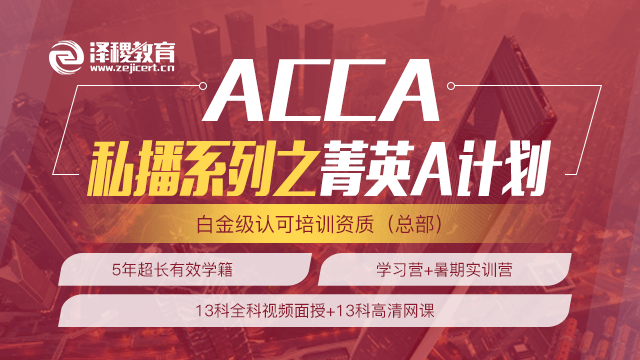
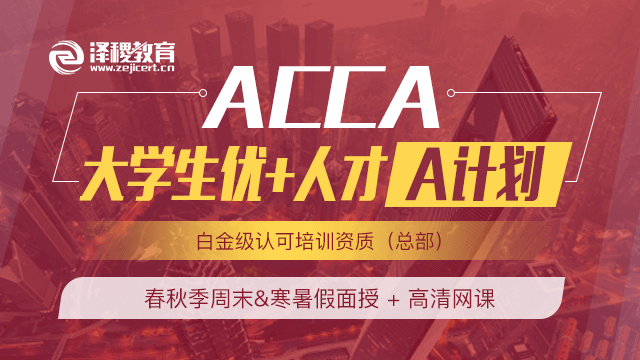
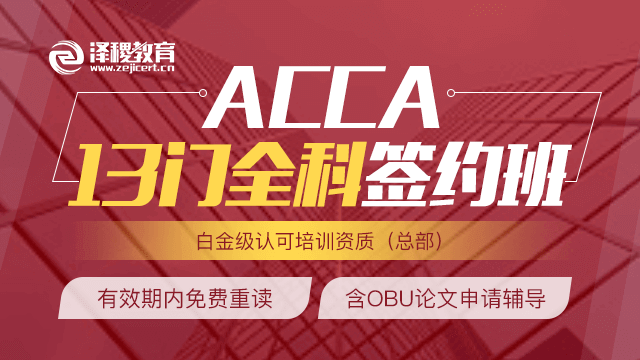
 白金级认可培训资质(总部)
白金级认可培训资质(总部)
 课程试听
课程试听
 职业规划
职业规划
 ACCA中文教材
ACCA中文教材
 考位预约
考位预约
 免费资料
免费资料
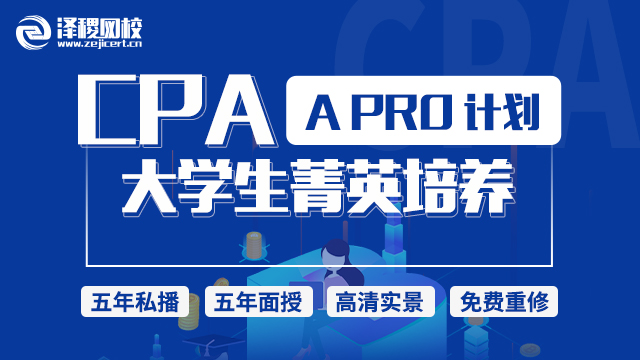
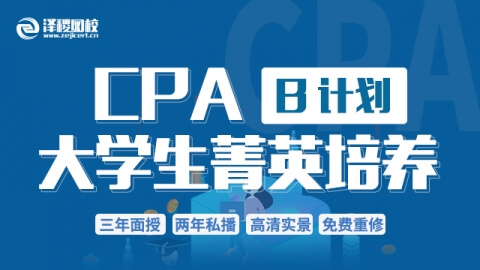
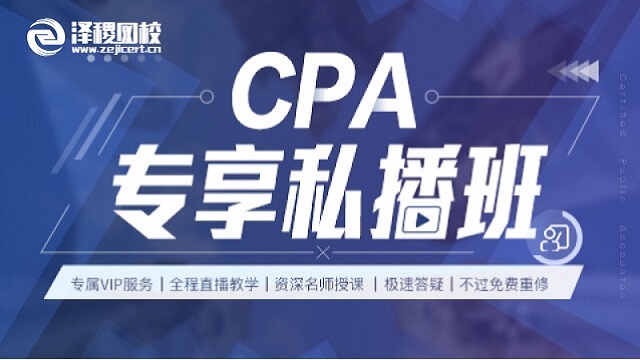
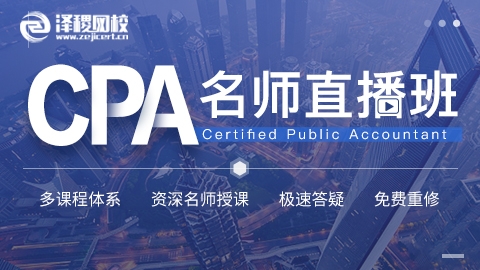
 题库下载
题库下载
 模拟机考
模拟机考

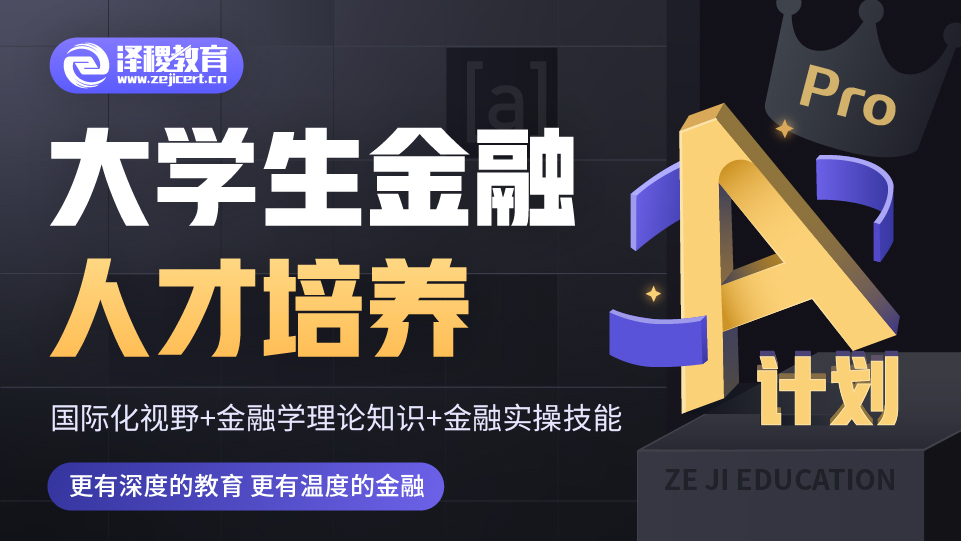
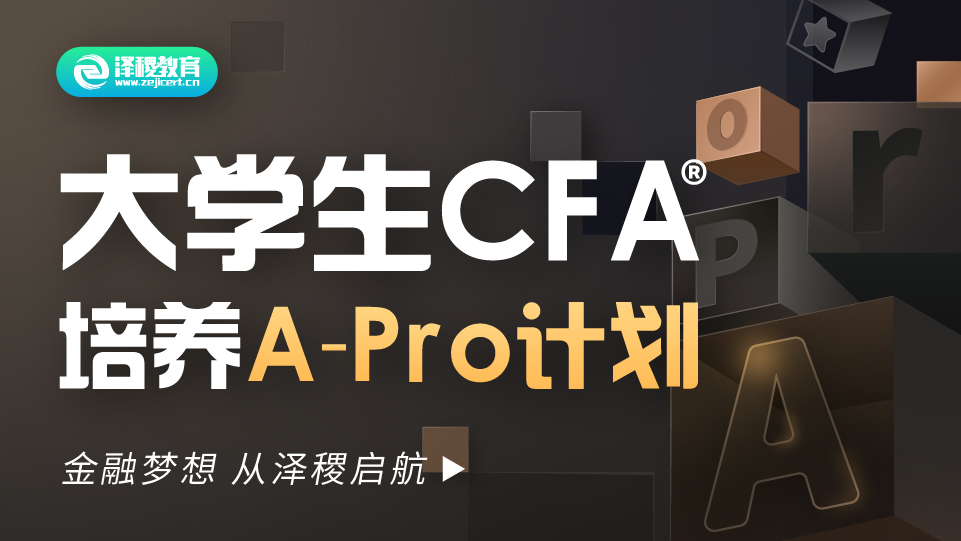
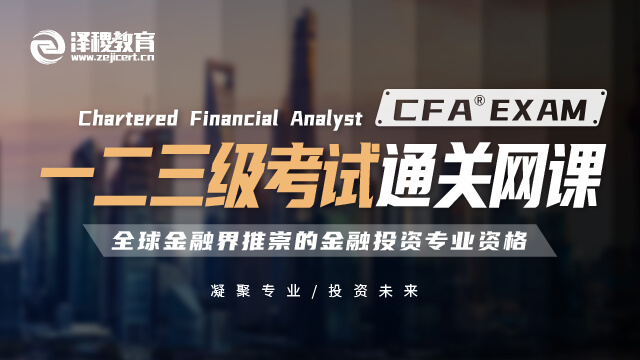
 CFA®成绩查询
CFA®成绩查询



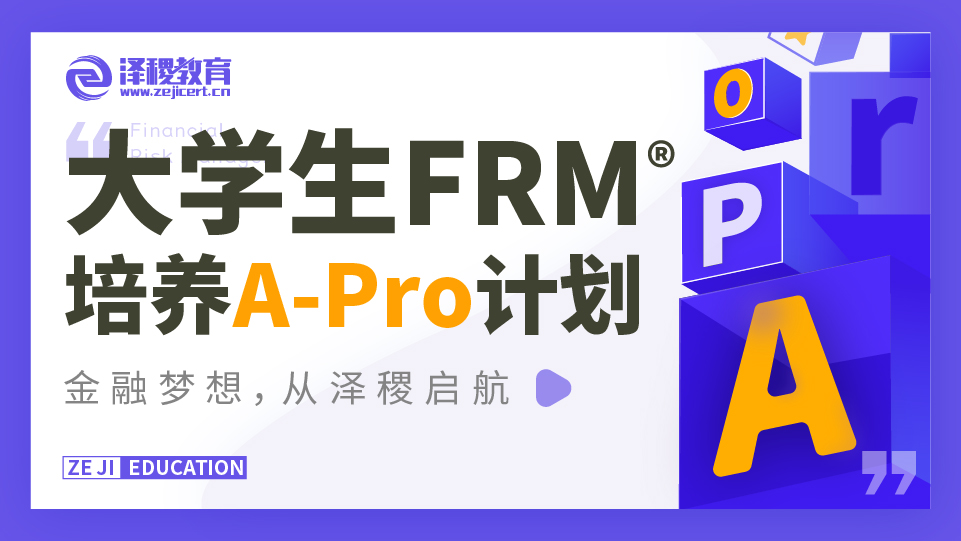
 GARP协会官方认可FRM®备考机构
GARP协会官方认可FRM®备考机构

